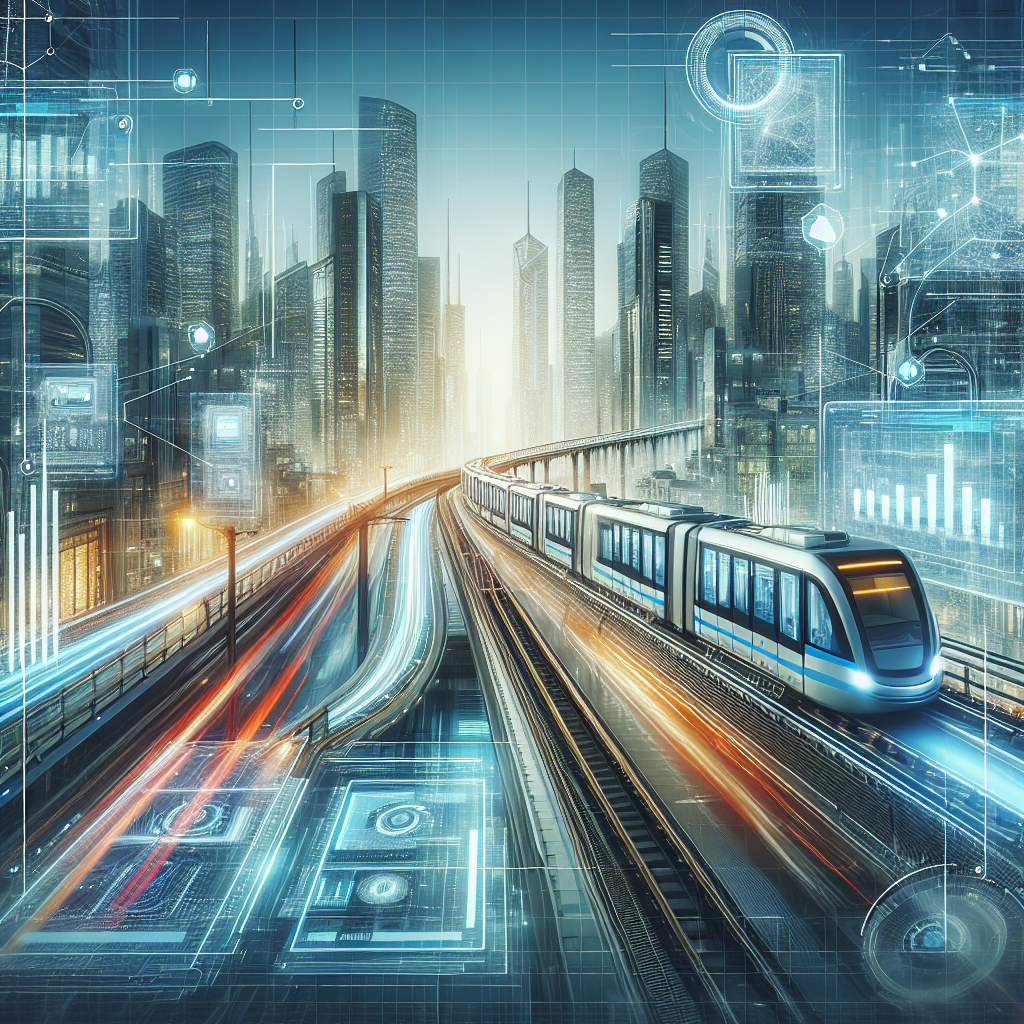Deciphering the intertwined narratives of technological advancement and its societal impact is a daunting task. Yet, when it comes to transportation technology, the data uncovers an intriguing tale that demands attention. How society is changing because of these innovations forms the backbone of this investigative deep-dive.
Policy Overview
Policies worldwide are increasingly accommodating advancements in transportation technologies – an indication that governments are beginning to understand the potential for such innovations to revolutionise travel.
Historical Context
The historical context paints a vivid picture: from horse-drawn carriages to steam engines, internal combustion automobiles to supersonic jets, every significant leap in technology has paved new paths for travelers whilst shaping policies and societies alike.
Stakeholder Perspectives
Gleaning insights from diverse stakeholder perspectives reveals both excitement about possibilities and apprehensions regarding impediments. Transportation innovators seek regulatory support; urban planners eye reshaped cities; while consumers dream of more convenient journeys but fear safety compromises.
“)”,European high-speed rail systems, Elon Musk’s ambitious Starship project, and cutting-edge drone delivery services have risen into focus.
Economic Impact
The economic repercussions ripple far beyond manufacturing industries as transformative transit technologies could exponentially boost tourism revenue while altering job markets and trade practices.
Social Consequences
Profound social changes may arise, from altered patterns of human migration to recalibrated notions of accessibility and personal mobility. Yet, there also lurks the risk of deepening socio-economic divides if such technologies fail to be inclusive.
Implementation Challenges
Navigating regulatory landscapes, tackling infrastructure limitations, ensuring affordability and access – each presents significant challenges that must be addressed for these advancements to fulfill their promise.
“)”,autonomous cars, drone deliveries or space tourism – success will hinge on managing these hurdles effectively.
Alternative Approaches
In exploring alternate approaches, we encounter philosophies advocating slower travel experiences – a counterpoint suggesting perhaps not all paths lead through high-speed technological advancement alone.
Future Projections
The future promises an exciting panorama; yet uncertainty persists about how these innovations will reshape our travels and societies. Will the glamour of supersonic flight overshadow the visceral joy of unhurried journeys? Only time can provide definitive answers.

